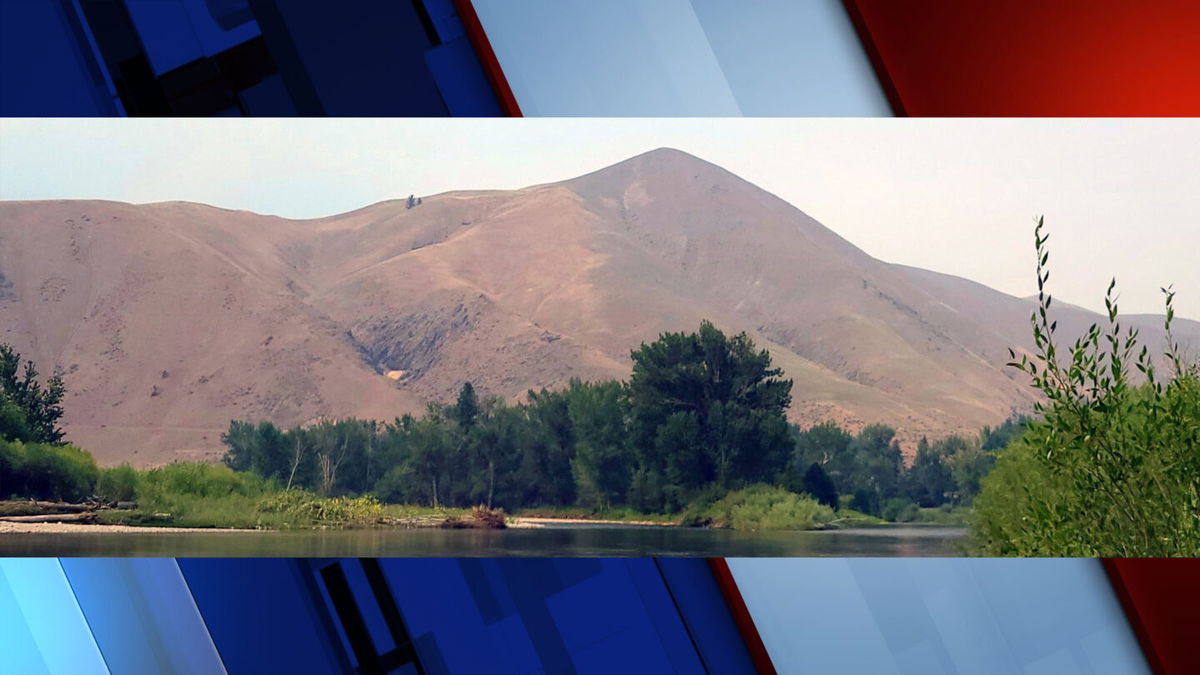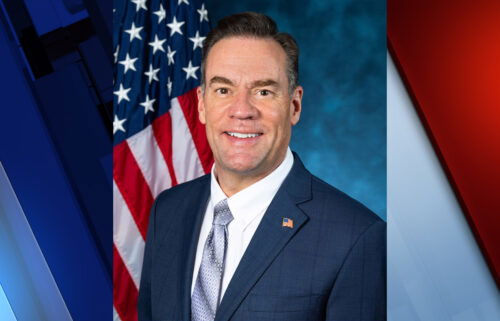Salmon-Challis resumes aerial herbicide application this fall

SALMON, Idaho (KIFI) - The Salmon-Challis National Forest Botany, Invasives and Pollinators Program, along with our partners the Bureau of Land Management Salmon and Challis Field Offices and Region 7 of Idaho Department of Fish and Game, will resume aerial application of herbicides to treat for cheatgrass and noxious weeds in the North Fork, Tower Creek, Williams Creek, Perreau Creek, Deep Creek, and the lower Pahsimeroi Valley areas this fall.
Dates for implementation are dependent on weather conditions and crew availability, but treatments will occur as conditions allow between Oct. 2 and Nov.2, 2023.
This will be the sixth year of aerial applications with Milestone and Plateau herbicides which are highly effective at controlling target weeds and pose little risk to human and environmental health.
“These are some of the newest herbicides available,” Botany, Invasives, and Pollinators Program Manager Diane Schuldt said. “Milestone and Plateau are recognized as having low use rates, little to no toxicity to humans, low toxicity to non-target organisms, and low potential for groundwater contamination.”
Two of the main goals of the project are to reduce the risk of wildfire posed by cheatgrass and to improve big game habitat. Monitoring of past treatments show the treatments are successful at meeting these goals with estimated control of both cheatgrass and spotted knapweed greater than 90 percent.
“Last year’s treatment is likely the most beneficial thing we could have done for bighorn sheep and for wintering deer and elk in these areas,” Regional Wildlife Manager for Idaho Department of Fish and Game Dennis Newman said. “These animals depend on native bunchgrass communities to survive, and annual grasses and noxious weeds are the single largest threat to these critical habitats in the Salmon Region. From a habitat and rangeland resiliency perspective, the results are pretty amazing.”
Mailers are being sent to neighboring landowners to alert them to the upcoming project. In accordance with the environmental impact statement governing the project, contractors will leave a 300-foot buffer when spraying National Forest System and Bureau of Land Management lands unless a written agreements have been made with the landowner.
Additional details on aerial application precautions, technical information, and a dedicated information phone number can be found on the Salmon-Challis website HERE.






